
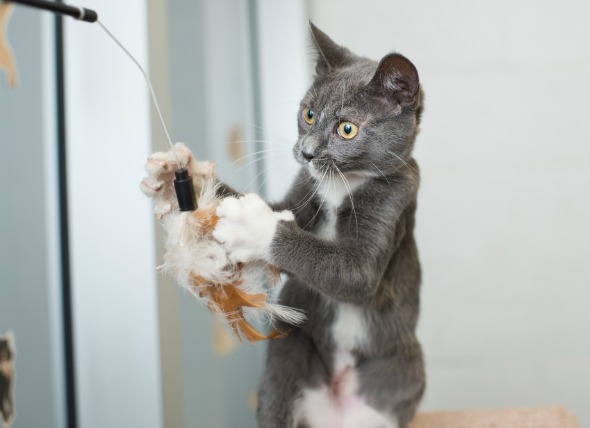
Do you worry that your indoor cat is not getting enough exercise? While it is true that cats have the evolutionary advantage of a high metabolism that works even as they lounge around (see lions in the wild), they do still need some physical activity to keep them from a sedentary life of sloth and eventual obesity.
Unlike dogs, cats cannot be hitched to the end of a leash and taken for a stroll around the neighborhood -- well, some can, but they need to be trained from kitten-hood. It may take a little imagination, along with some trial and error, but you can find ways to encourage your cat to be more active.
Activity is good for our pets. Activities help maintain a healthy body weight and keep the muscles toned and strong, and keep the mind alert and active as well. Exercise is also fun and can offer us opportunities to bond with our pets. There are many ways to get your cat more involved in play, and they don’t take much time, money, or effort on your part.
Depending on your cat’s age, weight, temperament, and interests, you may be able to set up an area where your cat can romp around and climb. Cat trees and scratching posts are ideal for this kind of activity. If you are handy with tools, you can build your own cat jungle gym, or you can find one at your local pet supply store or online. If your cat is reluctant, you may need to get more involved in the festivities.
You should try to spend about 10-15 minutes a few times each day engaging your cat in some form of activity. Young cats and kittens will usually take the initiative in engaging you in play, or they will find their own entertainment. Young cats tend to be easily amused and will probably want to continue to play long after you have tired of the game.
Older and overweight cats are a little tougher to engage. They usually don’t have the endurance or interest in extended playtime, but will still benefit from short activities throughout the day. If you have one of the latter, begin with a few minutes at a time, a few times a day. Once you have found something that engages your cat’s interest, try different versions of that activity, gradually increasing the time you spend playing.
Activities that stimulate a cat’s natural hunting instincts are often the best bet. Small motorized remote controlled and battery powered furry mice are great for getting a cat’s attention. Even the economical non-motorized mice are appealing; you will just have to do all the mock mouse movements using a string that is attached to the mouse. Along the same line, feather toys are good bird replicas, and are often attached to the end of a stick or string so that you can mimic the movements of a wounded bird, one of a cat’s favorite objects for stalking. And everyone knows how much kittens love a simple length of yarn. A piece of thick ribbon, shoelace or yarn can be wiggled across the floor or beneath a closed door (with you on one side of the door and the cat on the other) just out of the cat’s reach.
A lot of cats will grow out of this fascination with string as they age, but not all of them do. It wouldn’t hurt to try with your older cat. Just remember to put the string and ribbons away after the games. Many an emergency intestinal blockage could have been avoided if the string had not been left out for the cat to swallow.
Another favorite is the beam of light. If you already have a smallish flashlight, you can try to get your cat to chase it around. Laser pointers are even better, since the small beam of light appears to be a little bug, and cats love to chase bugs. Stay low with the light, or you may have your cat trying to climb the shelves to catch it and end up with broken knick-knacks on the floor. Also, be sure to avoid flashing the beam directly into your cat’s eyes.
Keep the fun novel for your cat by trying stuff you already have around the house. Empty boxes with holes cut into them make great "caves" and scratching toys, and crumpled paper, especially the tissue type that makes lots of noise, is great for batting around. Paper bags are fun for crawling into, too, but avoid the plastic bags; you don’t want to risk an accidental suffocation. Also: plastic rings, empty toilet paper and paper towel rolls, stuffed animals, etc. Just be careful none of the household "toys" can become choking hazards.
Scratching posts and cat trees entice cats to climb, which uses their muscles and naturally wears down the points of their claws. If you have the space, set up a cat obstacle course in your home so that your cat can jump from place to place to get to the next perch. There are pre-made shelving systems that you can find online, or you can build a system of your own, with shelves that go from the floor to the ceiling in a step pattern. Some people will add a wrap-around ceiling-high shelf so their cats can climb and jump all the way up to find a good spot where they can watch over their kitty kingdom. If you have a yard, you can build or buy an outdoor enclosure that allows your cat the advantage of being outside without the dangers of traffic and other animals.
Finally, if your cat really needs to lose some weight, there are exercise wheels -- like the wheels made for hamsters -- made just for cats. Exercise wheels do not take up much space, and they allow cats to run and run to their heart’s content.
With some imagination and a commitment to spend at least a combined hour each day on your cat’s activity, you will find that both you and your cat are enjoying a healthier and more joyful life.
 'Natural' Methods for Controlling Fleas in Cats
By Jennifer Kvamme, DVM
There are a lot of differe
'Natural' Methods for Controlling Fleas in Cats
By Jennifer Kvamme, DVM
There are a lot of differe
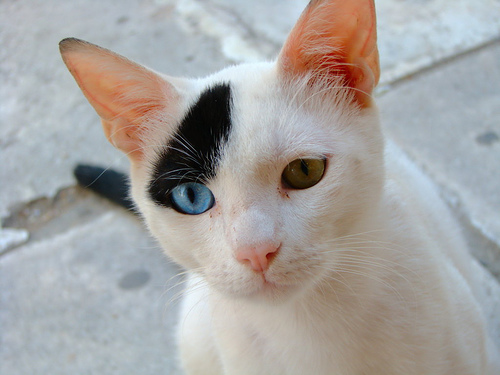 How to Choose an Experienced Cat Breeder
Are you in search of a purebred cat? Picki
How to Choose an Experienced Cat Breeder
Are you in search of a purebred cat? Picki
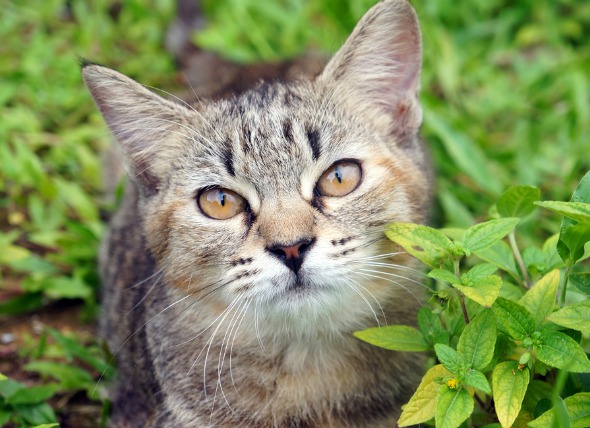 Natural Ways to Manage Diabetes in Cats
By Aly Semigran
If your cat has been diagnosed wit
Natural Ways to Manage Diabetes in Cats
By Aly Semigran
If your cat has been diagnosed wit
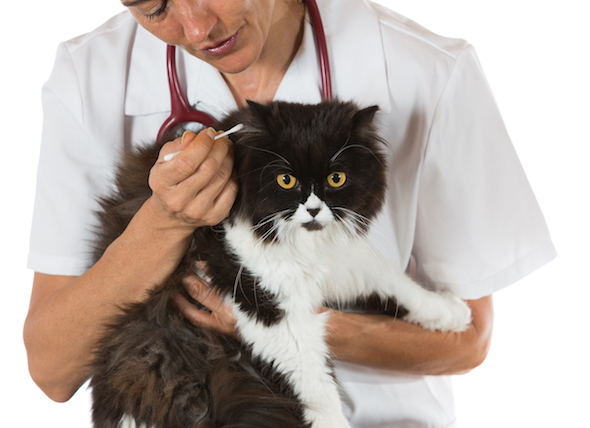 How to Clean a Cat’s Ears
By Elizabeth Xu
Your
How to Clean a Cat’s Ears
By Elizabeth Xu
Your
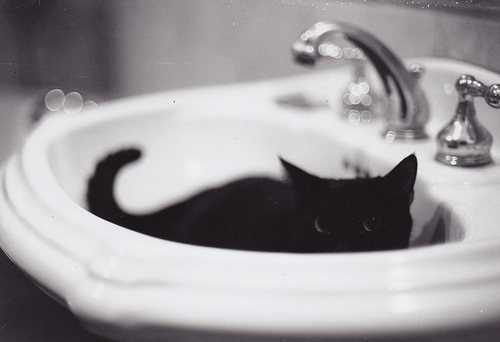 Cat Grooming 101
Scrub-a-Dub-Dub, Kitty in the Tub
&nbs
Cat Grooming 101
Scrub-a-Dub-Dub, Kitty in the Tub
&nbs
Copyright © 2005-2016 Pet Information All Rights Reserved
Contact us: www162date@outlook.com